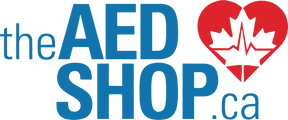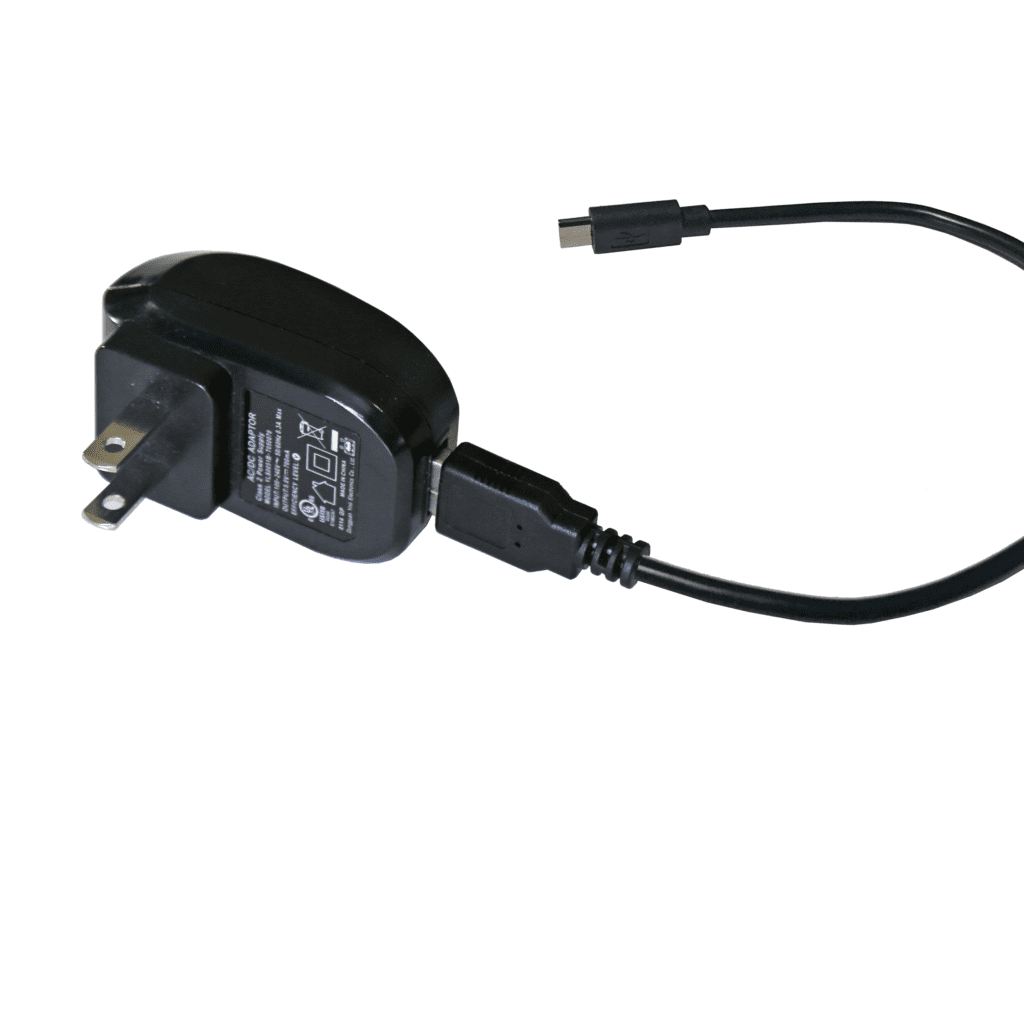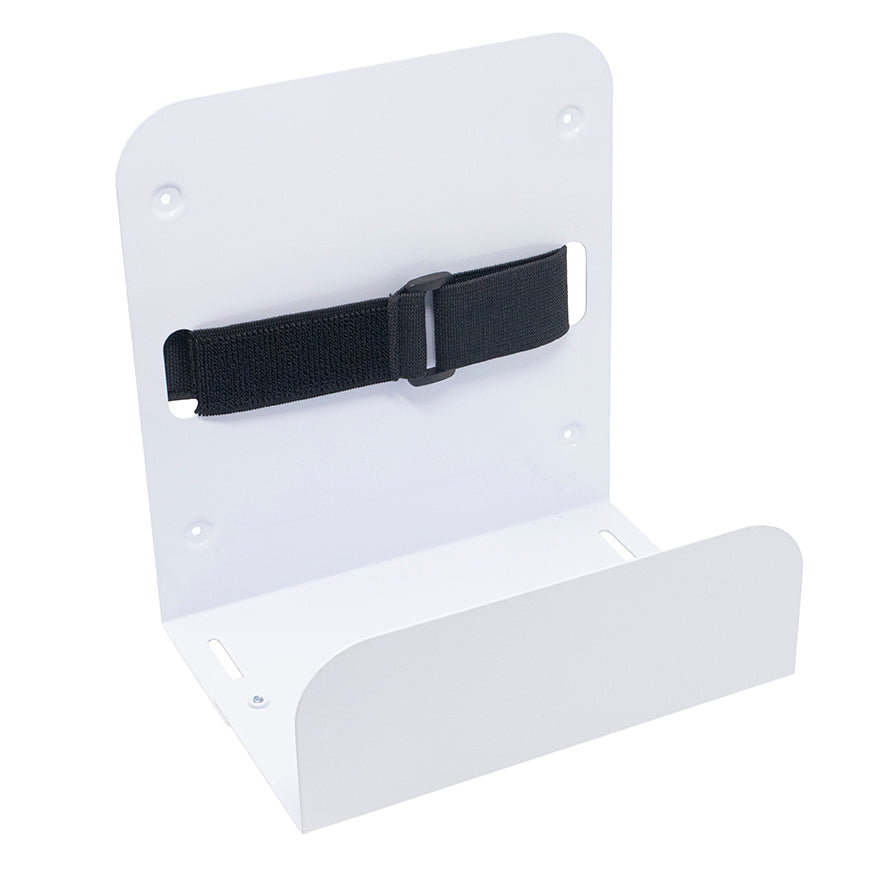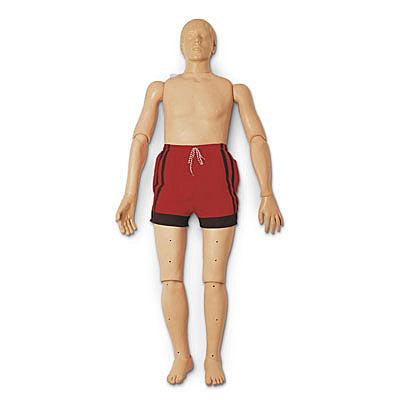Teachers Amber Lindsey and John Avianatos of Cherokee Elementary School in Paradise Valley, Arizona, regularly meet with parents of their third-grade students to celebrate student progress and share ways for parents to support their child’s learning. On a recent morning, they were scheduled to meet with Alicia and Michael Fixler and their son, Sam. It was early — before most of the more than 600 students, teachers, and administrators filled the school’s hallways and classrooms. Parents Alicia and Michael were there to learn more about how to support Sam’s math skills.
Just as the conference began, Alicia felt lightheaded. “I felt like I was going to pass out,” she recalls. Before she could alert anyone, her husband watched her collapse to the floor. Michael, a trained veterinarian, had the presence of mind to quickly begin delivering cardiopulmonary resuscitation compressions (CPR), while Amber dialed 911 on a school landline and John removed Sam from the frightening scene that was unfolding.
Quick action when minutes matter
Any call to 911 from a landline at Cherokee Elementary alerts a handful of key staff members who drop everything and assist in emergencies. That morning, school nurse Will Graham arrived at school earlier than usual and was walking across campus when he was alerted to Mrs. Lindsey’s 911 call. He rushed to the third-grade classroom and found Alicia unconscious and without a pulse. He took over compressions from a visibly shaken Michael, who was worried about his wife as well as his young son.
Suspecting sudden cardiac arrest (SCA), Will quickly called the school’s health aide, Bobbi Treadwell, and asked her to bring the automated external defibrillator (AED). In addition to employing a registered nurse at each of their schools, the Scottsdale Unified School District has installed an AED at Cherokee and its 28 other schools. “Our school district puts the health and safety of students first and does so through actions like having an AED in each school,” Will explains.
“Everyone at the hospital was shocked at how well I was doing by the time I arrived. They attribute it to the fast actions of everyone involved.”
— Alicia Fixler,
SCA survivor
Miss Bobbi appeared with the AED in seconds. She took over compressions while Will powered on the ZOLL® AED Plus defibrillator and attached the electrodes to Alicia. The device analyzed her heart and immediately delivered a defibrillating shock. Will estimates that Alicia received that first shock within four minutes of going into sudden cardiac arrest. Miss Bobbi and Will continued to follow the guidance from the ZOLL AED Plus®defibrillator, doing their best to deliver high-quality CPR. They delivered two more shocks over the course of the nine minutes until Alicia regained consciousness. When Phoenix Fire Department, Paradise Valley Police Department, and EMS arrived, Alicia was conscious. “My first memory after collapsing is of EMS all around me while wearing an oxygen mask,” she recalls.
A first-class response
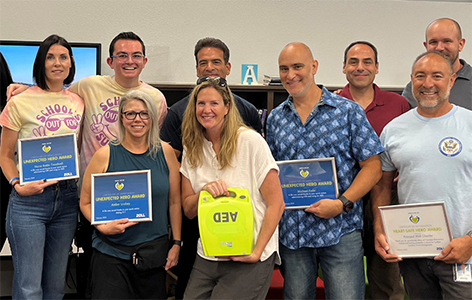
Alicia was transported to a local hospital where doctors attributed her SCA to a rare cardiac anomaly. “Everyone at the hospital was shocked at how well I was doing by the time I arrived. They attribute it to the fast actions of everyone involved,” she recalls. Members of the Phoenix Fire Department told Alicia that they thought she received the best CPR they’d seen in 28 years. When asked about such a successful response, Will points to the school’s emergency preparedness system and the AED they keep on campus. “The ZOLL AED Plus prompts you every step of the way. Its CPR feedback to “push harder” and “push faster” is key.”
Alicia received an implantable cardioverter-defibrillator and was released after a brief stay at the hospital. She is very grateful to everyone involved, especially her son’s third grade teachers. “If Mrs. Lindsey hadn’t called a parent-teacher meeting . . . I would have been at home alone and most likely wouldn’t have survived,” says Alicia.
